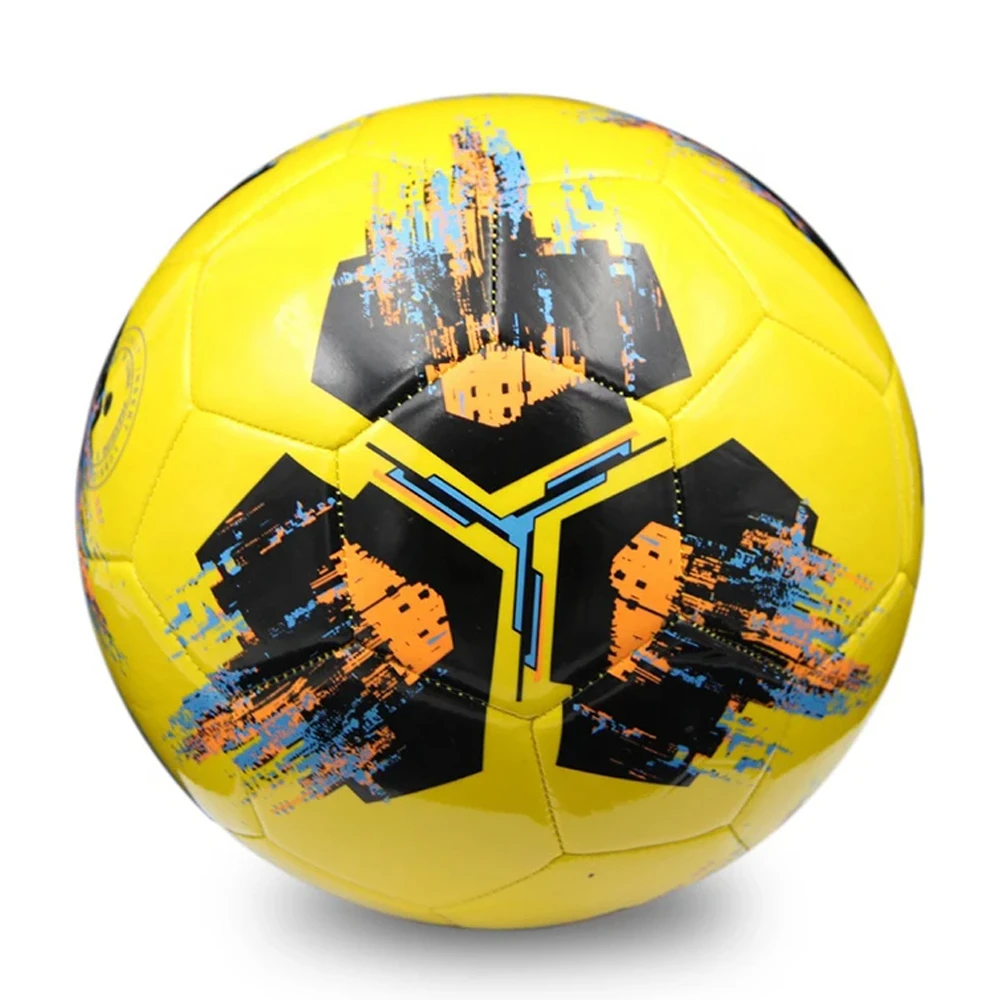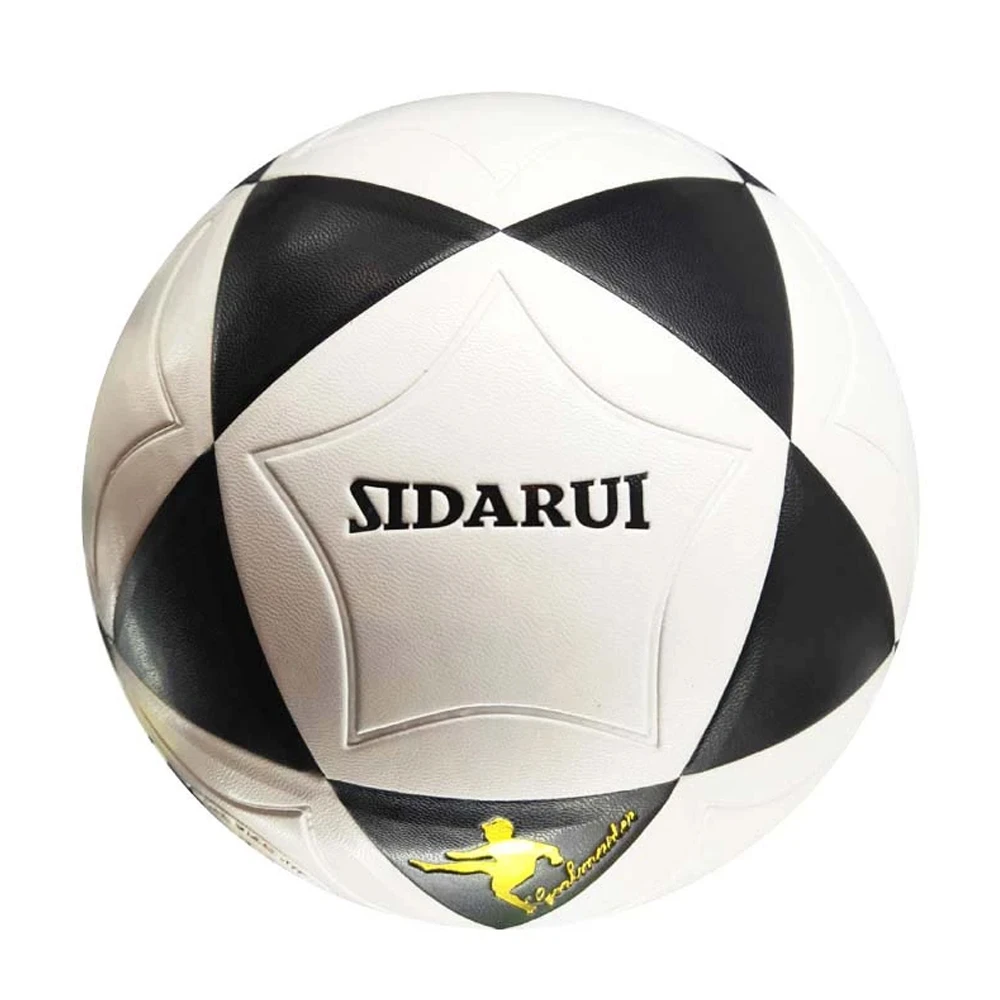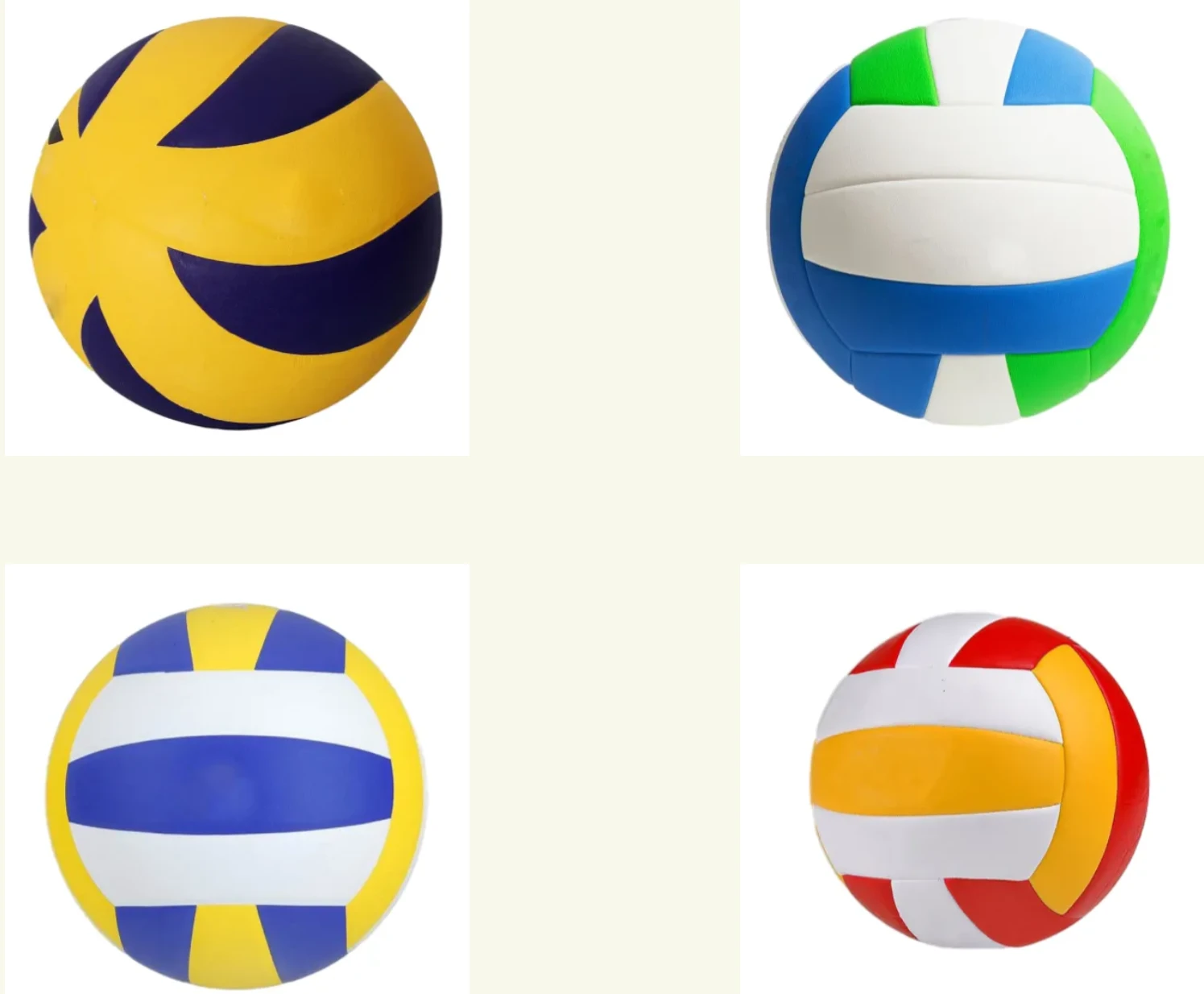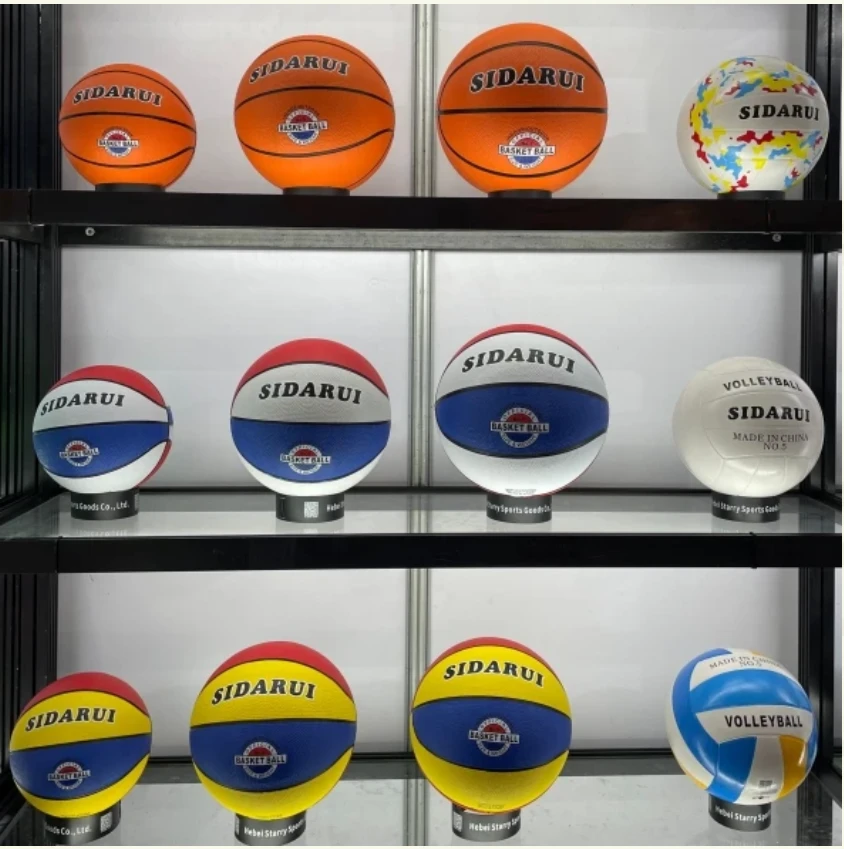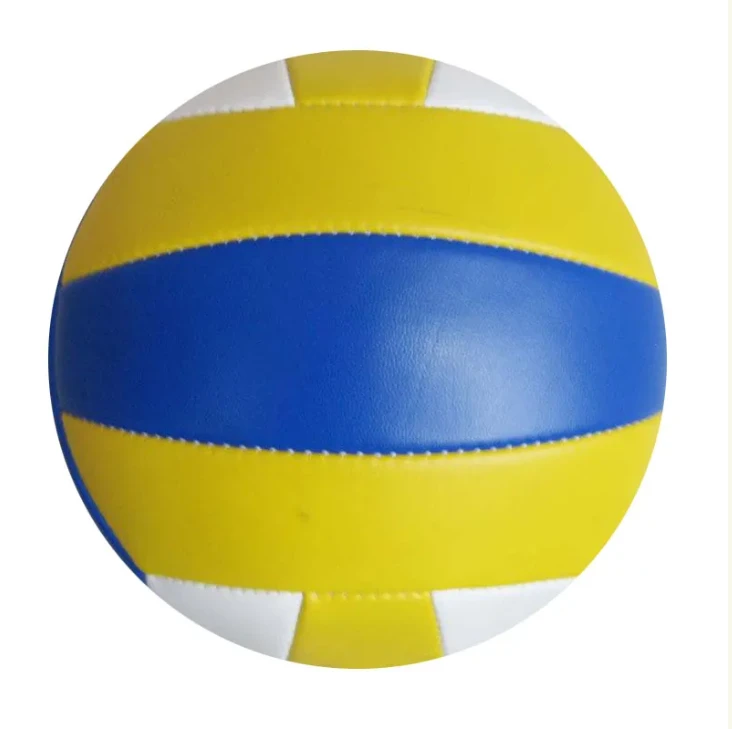May . 24, 2025 06:09
- Introduction to Indoor Football and Its Growing Popularity
- Material Innovations for Enhanced Performance
- Design Features of Modern Indoor Footballs
- Comparative Analysis of Leading Manufacturers
- Tailored Solutions for Diverse Training Needs
- Real-World Applications and Success Stories
- Sustainable Practices in Indoor Football Production
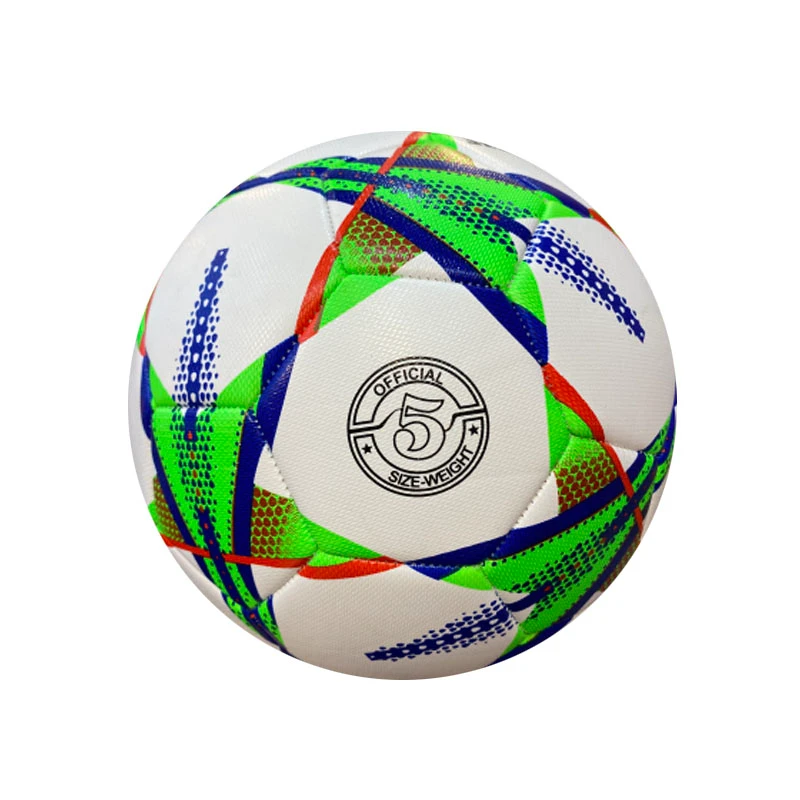
(indoor football)
Why Indoor Football is Revolutionizing Sports Training
Indoor football has surged in popularity, with a 27% annual growth in participation rates since 2020. Unlike traditional outdoor variants, it offers year-round accessibility and requires specialized equipment designed for controlled environments. The demand for indoor football
material innovations has driven manufacturers to develop high-traction surfaces and low-bounce balls, optimizing gameplay in confined spaces.
Material Innovations for Enhanced Performance
Advanced composites like thermoplastic polyurethane (TPU) now dominate indoor football production, providing 40% better abrasion resistance than traditional PVC. Hybrid foam layers in balls reduce impact force by 18%, while moisture-wicking synthetic turf prevents slips during high-intensity play ball indoor football sessions. These advancements directly address player safety concerns and regulatory requirements.
Design Features of Modern Indoor Footballs
Engineers have optimized ball dynamics through:
- Hexagonal panel configurations improving aerodynamics
- Weight distribution systems (±5g variance)
- Surface textures generating 30% better grip
These features enable precise control for small indoor football formats, particularly in futsal-style competitions.
Comparative Analysis of Leading Manufacturers
| Brand | Ball Weight (g) | Rebound Height (cm) | Price Point | Warranty |
|---|---|---|---|---|
| X-Sports Pro | 430 | 55 | $$$ | 2 years |
| TurboKick | 410 | 62 | $$ | 1 year |
| AeroPlay | 425 | 58 | $$$$ | 3 years |
Tailored Solutions for Diverse Training Needs
Customization programs now allow teams to specify:
- Ball circumference variations (±10mm)
- Surface friction coefficients (0.35–0.55 range)
- LED-embedded tracking systems
These adaptations help clubs optimize training regimens while meeting league compliance standards.
Real-World Applications and Success Stories
Premier futsal academies report 22% faster skill acquisition using sensor-equipped balls. A Barcelona training facility documented 15% fewer impact injuries after switching to shock-absorbent turf systems. These measurable outcomes validate the ROI of premium indoor football material investments.
Future Trends in Indoor Football Equipment and Training
The industry is moving toward biodegradable composites that maintain performance while reducing environmental impact. Smart ball technology integration is projected to grow 300% by 2027, with embedded sensors providing real-time feedback during play ball indoor football sessions. These developments promise to make indoor formats the preferred choice for technical skill development.
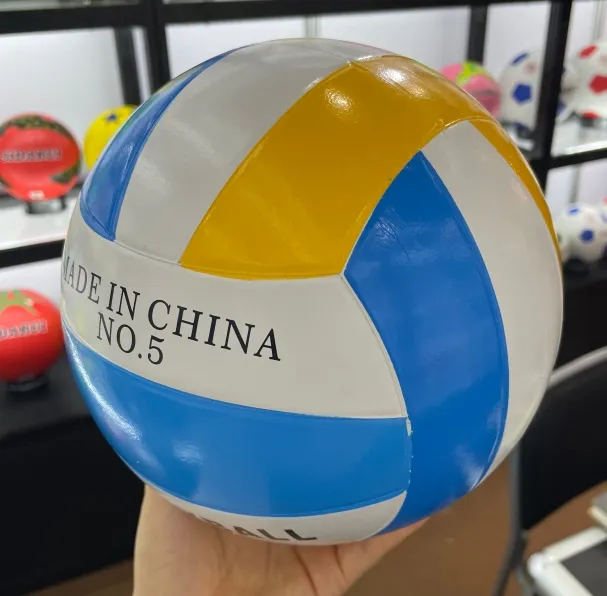
(indoor football)
FAQS on indoor football
Q: What materials are essential for indoor football?
A: Key materials include non-marking indoor football shoes, foam or low-bounce balls, and protective gear like shin guards. Flat-soled shoes ensure grip on indoor surfaces. Lightweight clothing enhances mobility during fast-paced games.
Q: What type of ball is used for play ball indoor football?
A: Indoor football typically uses a size 4 or 5 ball with reduced bounce, made of synthetic leather or foam. These balls adapt to hard floors and shorter play areas. Avoid outdoor soccer balls to prevent excessive rebound.
Q: Is small indoor football suitable for children?
A: Yes, small indoor footballs (size 3 or smaller) are ideal for kids to improve control and technique. Their lightweight design minimizes injury risks. Smaller balls also work well in limited indoor spaces.
Q: How does indoor football differ in rules from outdoor soccer?
A: Indoor football has no offside rule and allows wall passes. Games are shorter (e.g., 20-minute halves) with smaller teams (5-7 players). Substitutions are unlimited and often rolling.
Q: What surface dimensions are standard for indoor football courts?
A: Courts typically measure 25m x 15m (82ft x 49ft) for amateur play, with barriers to keep the ball inbounds. Professional arenas may vary slightly. Compact sizes prioritize quick passes and agility.




